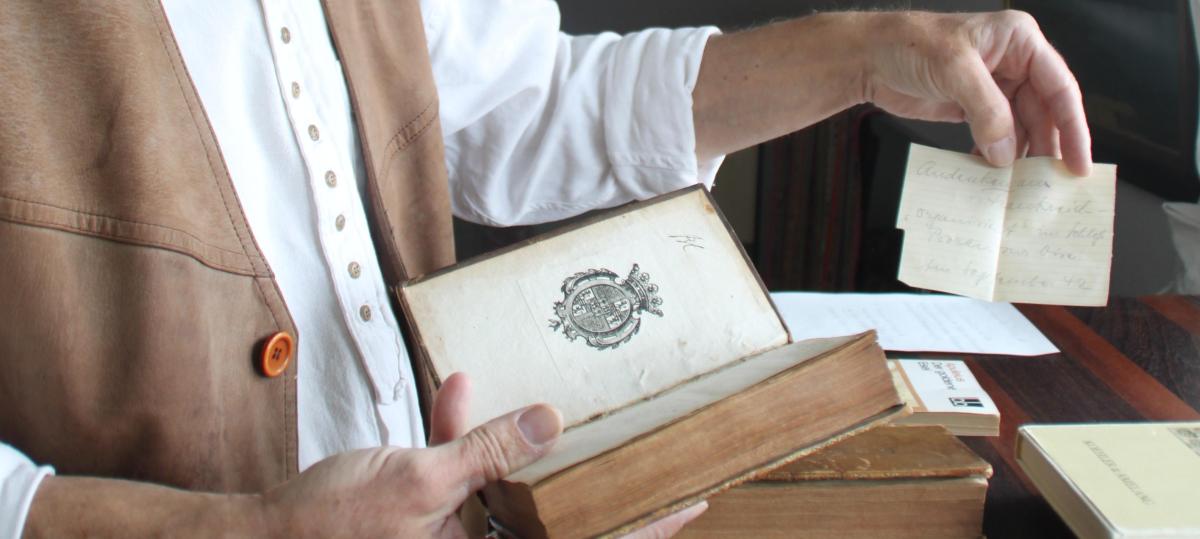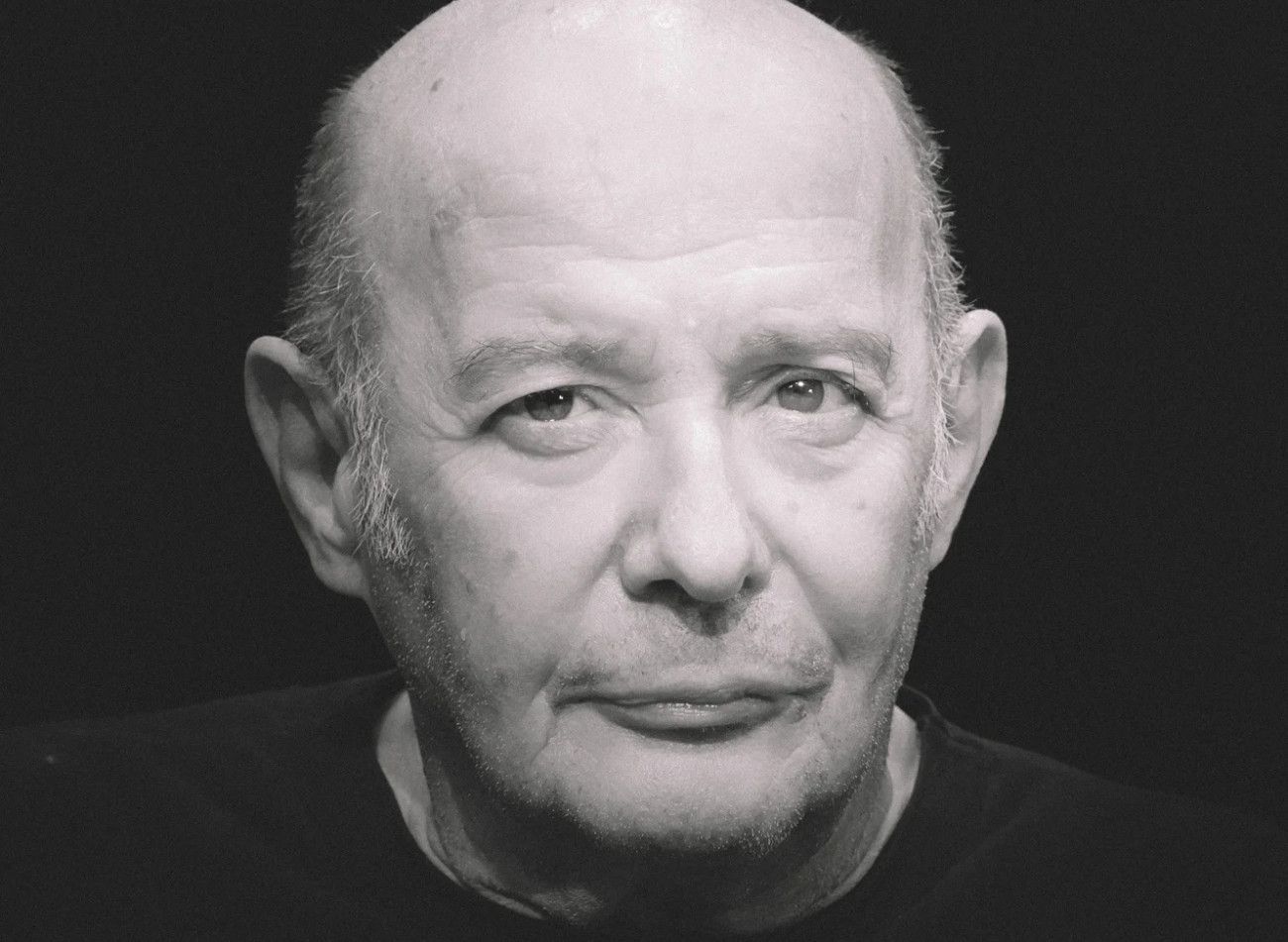Nova Gorica and the old « Ajzenpon » on the postage brand

We celebrate, we look forward to it, we paradise. With a monthly delay, we started with events of the Cultural Capital of Europe. Singers, musicians, declamations, light effects, parading. Big words, a lot of politics.
What do tiny details show? New postal stamps were released. There are not few of these small promotional products. Their circulation goes into tens of thousands. It is seemingly within perforation the pleasing design of two selected motifs. Gorica is represented by Grič (Gorica) with the castle, with a spatial dominant and the Italian flag. Nova Gorica is supposed to be an Austro-Hungarian, a well-renovated train station with the market in front of it. The photo is taken by the cover of the book Andrea Bellita. Without a Slovenian flag or rose, only a postal horn is a symbol on a piece of paper. Our station is not a terminal. This is an intermediate station where trains continue their journey north or south. The trains brought soldiers to the Isonzo Front. The trains drove transport in Dachau, as recorded by Luciano Patat. They drove refugees here and there.
The brands – B value for Italy and C for Slovenia – was printed in Rome for our neighbor and in our neighbor Croatia for Slovenia. Standard photographs of the castle and market were designed by Matias Hermo without harmonized color Valeurs and without inventive typography. The average photo was signed by Fabrice Gallina. If we overlook the design and the fact that the paved market Europe is stiffened with the inscriptions, it is imperative that we look more closely at our « new » motive.
Renovated Nova Gorica Railway Station 31.1.2025 Nova Gorica Slovenia Photo Jože Suhadolnik
The Slovenian brand is not an image of a new, quality architecture of Nova Gorica. It does not imprint on the Slovenian National Theater or the Gorizia Library of France Bevka. A set of cultural palaces was an appropriate backdrop in Slovenia. The architect of the Vojteh Ravnikar Theater was born in Nova Gorica and was the Prešeren Award. Designers, however, slipped to the motif from the time before the construction of Nova Gorica. Suitable than Francis of Architecture would even be an outstanding Lenassi monument to Edward Rusjan or Edward Ravnikar's exemplary urban scale.
The train station is a standard, standard building. € 61.66 million was spent on the renovation of the building and the tracks next to it. The renovation of the Ljubljana National Gallery was, rounded up, 15 million and the renovation of the famous Yugoslav (now Croatian museum) ship Galeb also € 15 million. In total, half less than a station along the border. New tracks and concrete platforms are not all. The museum exhibition at the station palace is just emerging. The only art exhibition of established coastal graphics is open only at the hotel. There remains the hope that at least at the station they will include some paintings from the promised six exhibitions of Zoran Mušič, for which they have not found any suitable space in Nova Gorica and, because Novo mesto does not have a suitable art exhibition, are virtually moving from Bled to Štanjel.
The multifaceted artist's image of the Maribor railway station would be sample. Maribor was the cultural capital of Europe in 2012. There we were similarly to 8 February in Nova Gorica. The Maribor Art Gallery is still waiting for a suitable, decent exhibition space. We are somewhat naive and optimistic for Nova Gorica to better present European and worldly important Slovenian architecture, photography, design, painting and graphics.







